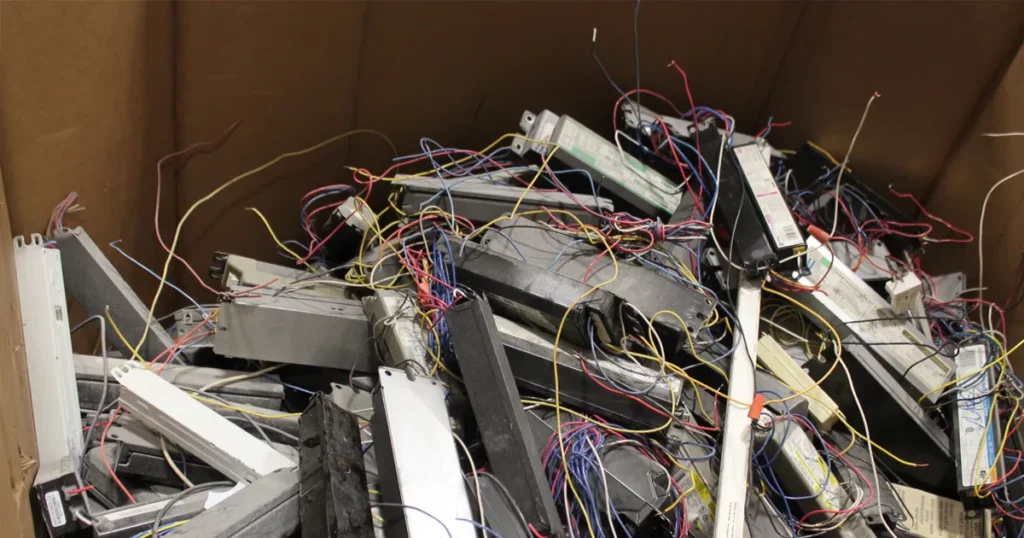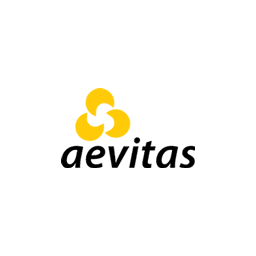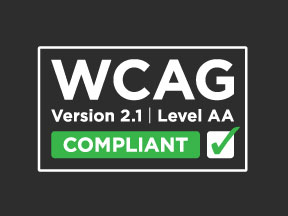
PCB is the acronym used for Polychlorinated Biphenyls. It is a man-made chemical that has been used for many purposes for many years. The primary use was as an insulating fluid in transformers. The qualities that make PCBs harmful to the environment are the qualities that made it a good product at the time. For many years, transformers were filled with, pure PCB fluid (750,000 ppm). PCBs are very stable and have a very high flash point making them very resistant to fire. Therefore this type of transformer was commonly used indoors and in high-rises. It was also used in some other smaller electrical equipment like capacitors in lighting ballasts and industrial capacitors.
At the time when pure PCB transformers were being used, there was also mineral oil filled transformers which are commonly used in substations, industrial outdoor units and the transformers that both hang on poles in your neighbourhood or on the corner in the form of a “pad style” transformer. All of these are still manufactured and used today with mineral oil insulating fluid inside.
So where did PCBs in this oil come from?
The problem in the fifties, sixties and seventies was that PCBs (pure fluid) was not known to be a problem. Field staff, installers, maintenance staff, transporters all used the same pumps, hoses, trucks, etc. The mineral oil was then cross contaminated with PCBs. In turn, a lot of electrical equipment was contaminated at varying lower levels (usually below 1,000 ppm).
PCB is usually associated with an oil based material such as mineral oil as described above. Aevitas does regular disposal on several other materials that continue to be detected and removed today:
- Light ballasts – Older light ballasts (before 1978) from fluorescent light fixtures, signs, high bay lighting contain two parts that are PCB. A 2 inch by 3 inch capacitor contains high level PCB fluid absorbed in paper and foil. The tar packing inside the ballast also has varying higher PCB levels. A reference document can be used to identify which ballasts contain PCB.
- Caulking – PCBs were used in caulking for many years to keep the caulk pliable. It was used in Bridge caulking, window caulking concrete expansion joints, etc. The level of PCB in this material can go as high as 10,000 ppm.
- Paints and Stains – Older oil based paints and stains contained levels of PCB. Aevitas receives and destroys both painted materials tested with high PCB paint, as well as old paints and stains from the back corner of peoples garages collected at household collection days.
Why are PCBs a problem?
PCBs are a problem today for two reasons. One, they create high level dioxins and furans when they are burned at low temperature. Secondly, they are very stable and do not break down in the environment. Because they
do not break down they bioaccumulate. Meaning that molecules end up in our soil and water, then get eaten by insects, birds, fish etc. and work their way up the food chain.
People now have varying levels of PCB in their fatty tissue. This can be seen in many reports on the internet. There are many other “Persistent Organic Pollutants” that have been identified by international committees, but PCB hit the spotlight with two large incidents that had direct cause of death.
First, a rise strainer in China had a leak of PCB contaminated hydraulic oil that leaked into the rice. People eating the contaminated rice fell ill.
Secondly, an abandoned site having hundreds of high level oil filled transformers caught fire in Quebec and people fell ill from the thick smoke downwind.
So, what has been done?
International committees worked to develop conventions that would put mandates on countries to both control PCBs and eliminate them. Environment Canada developed the polychlorinated biphenyl regulations in 1977 From this, the provinces developed their own regulations to control the disposal of end of life, equipment and materials containing, PCBs. The limit of 50 PPM was, established as a PCB waste. Methods, were established to determine the, presence of PCB using GC and GCMS., All manufacturing of PCBs was banned, and the movement between borders, was stopped. The federal Canadian, Council of Members of the Environment, (CCME) developed guidelines for, decontaminating equipment and, testing methodologies. All high level, PCB equipment was required to have, a serialized label attached to it by the, federal regulation.
Industry went to work developing facilities to destroy and treat PCB contaminated materials and equipment. The main facility in Canada for most high level PCB destruction is located in Swan Hills, Alberta. A facility designed to the highest incineration standards in the world. Other facilities such as the one owned by Aevitas in Brantford, Ontario came on line to dechlorinate PCB contaminated mineral oil. This process uses a chemical process which modifies the PCB molecule allowing it to be broken down and stripped from So, what has been done? the oil. The oil is then fully recycled and put back out into service as PCB-free oil. For larger high level PCB equipment, such as transformers, a facility that vapour degreases the PCB laden oil off of its surfaces was established. This process allows the metals to be completely decontaminated and recycled. The captured PCB is then sent for incineration. This facility in Kirkland Lake, ON has been owned and operated by Aevitas since 2008.
PCBs Today
Industry has been diligently replacing PCB equipment and properly disposing of PCB contaminated materials for over 35 years now. Since the mid-90s, utilities in Western Canada have been ensuring they only replace oils in electrical equipment with oil that contains less than 2 ppm when they do maintenance. Federal polychlorinated biphenyl regulations have been revised several times since 1977. The purpose of the Regulations is to minimize the risks posed by the use, storage and release of polychlorinated biphenyls (PCBs) and to accelerate the elimination of these substances. These regulations provide dates for mandatory removal of different level PCB wastes. High level equipment was to be out of service and destroyed by 2009. Some extensions were granted in writing due to the large nature of some projects. The extension dates have now come and gone and almost all high level PCBs have been destroyed in Canada. Aevitas now only receives the odd high level transformer that has been hiding. Environment Canada has people following up on the old serialized equipment list to ensure people have removed and properly disposed of the equipment. If they have, there are heavy fines issued as laid out in the regulations.
Aevitas still does PCB wastes over 50 ppm received from across Canada in our Ontario treatment plants. However, the vast majority of our work is now focused on the proper treatment of equipment that contains less than the provincially regulated limit of 50 ppm. Much of this equipment ends up at regular uncontrolled scrap yards or shipped to third world countries. The customers of Aevitas have a genuine concern for the environment and want to ensure proper disposal. The revised federal regulations also imposed a limit of release to 2 ppm. Meaning even though a province considers a PCB waste to contain greater than 50 ppm, a spill to the environment of over 2 ppm is a federal offense under the PCB Regulations. Our oil customers also require “New Quality Oil” meeting a high level of specification with no PCB present.
Aevitas is very proud to be a major contributor to eliminating PCBs in Canada. We continue to be ahead of the curve and meet our own high standard of environmental compliance.

